
Pad Thai Pirate
Graphic Designer
Storyboard Artist
Illustrator
Fine Artist
Concept Artist
As a commercial designer, I actually think my role is to be a chameleon. I work within the creative strategy (and existing brand if there is one) to give the client exactly what they need. If I do my job right, I as an individual should not be seen in the work—it's the client that should shine.
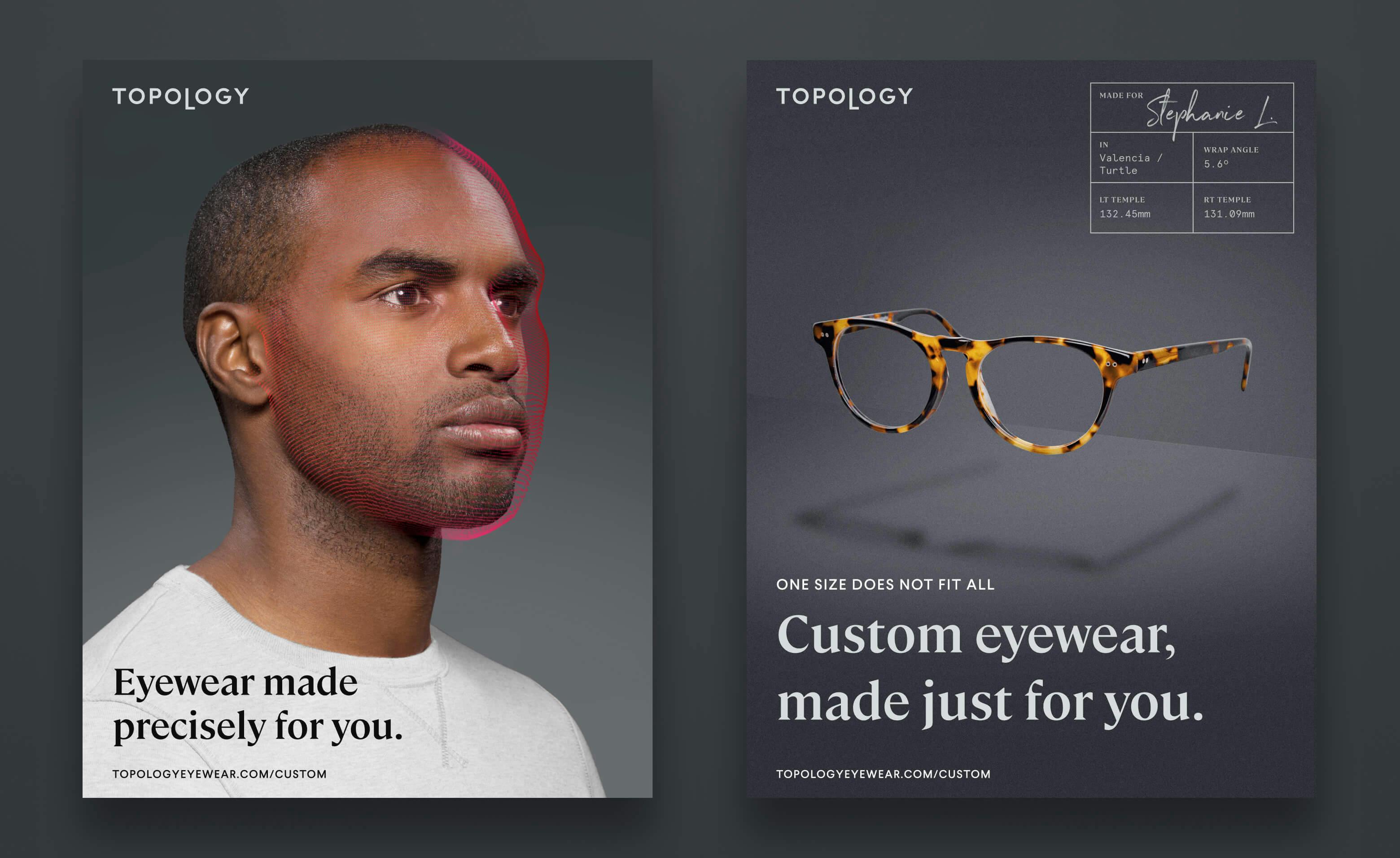
I have been on the receiving end too many times of inflexible or unorganized design systems. The only positive of that experience is that it teaches me what not to do. I think it's wildly important to create something that any other designer could run with in the future without much setup time. When I create websites on Webflow, my goal is to hand something off that is easy for even a non-designer client to make updates to and build out.
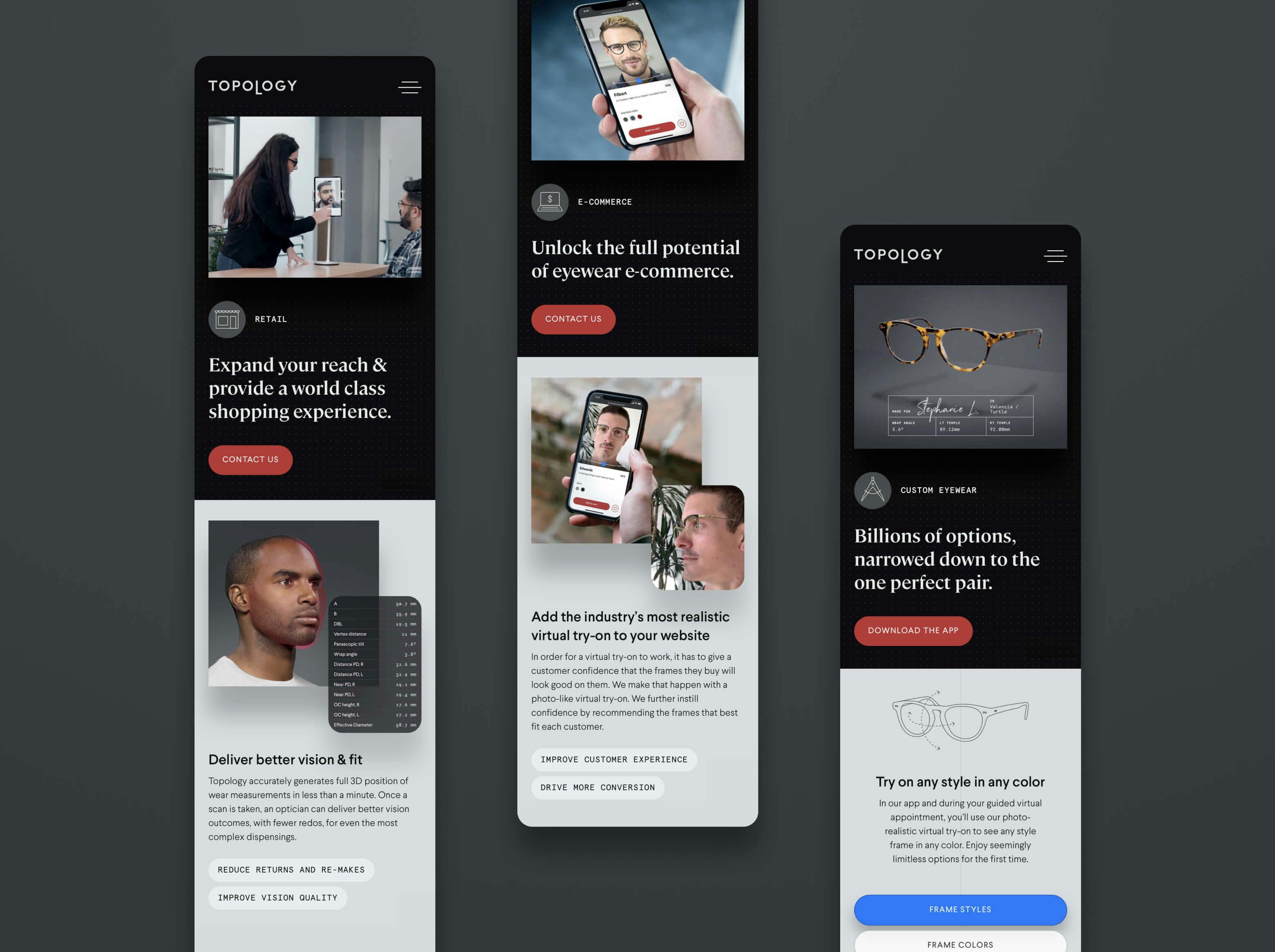
I would love to design and build a website for local government. Those types of sites that need to be accessed by so many people, are often so hard to use. I think it would be both fun and an exciting challenge to design a beautiful website, then build out a template and CMS that would allow the website to grow and continue to be easy to use and accessible to all.
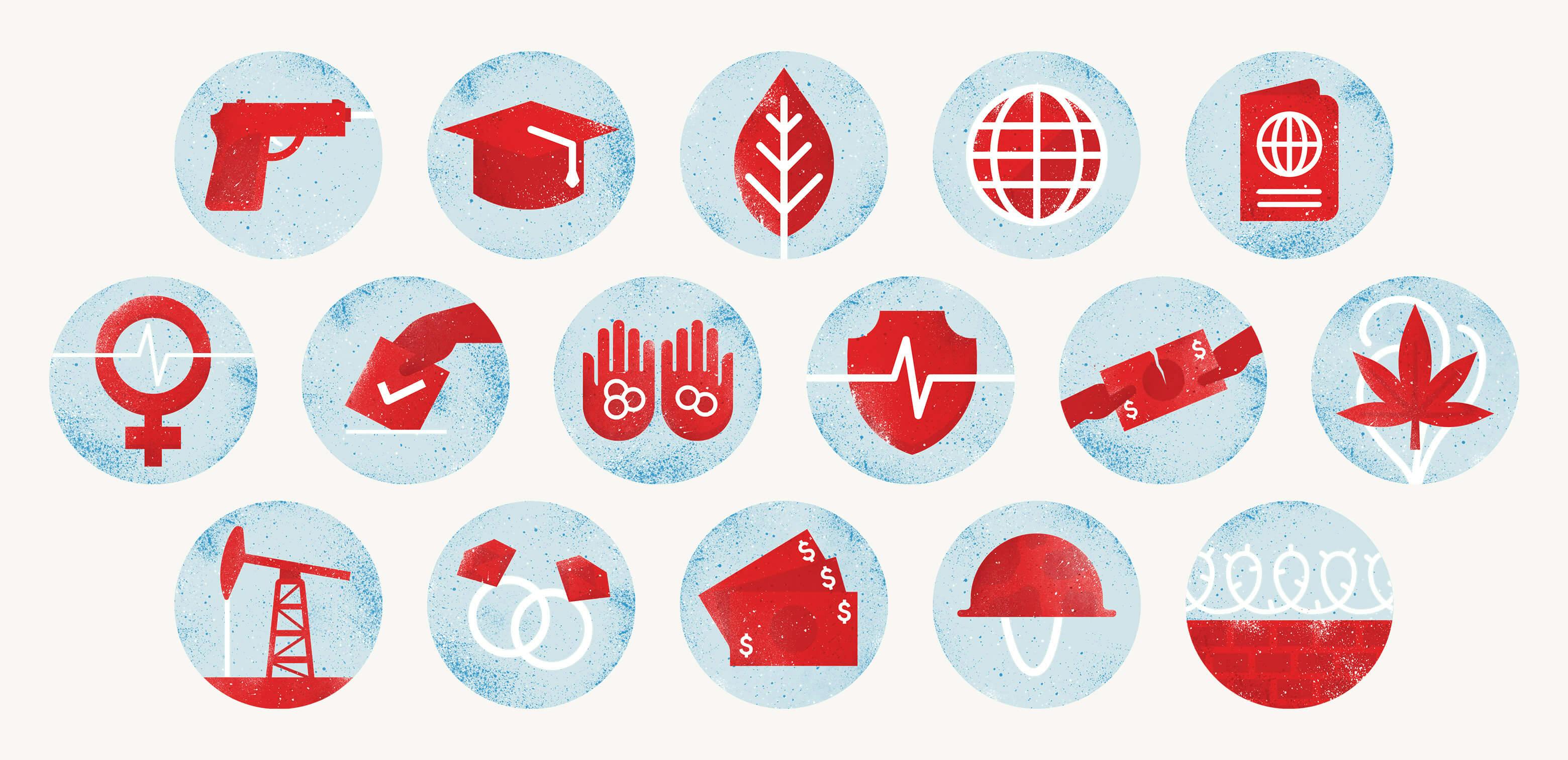
This may be controversial, but I honestly don't think it's too important. The designer should definitely be conscious of the target demographic and know everything they can about the company they are designing for, but ultimately brand design is rather subjective. I think that if you give robust audience research to 5 different designers, you will get back 5 completely different brand designs. So then, what was the point of all of that audience research?
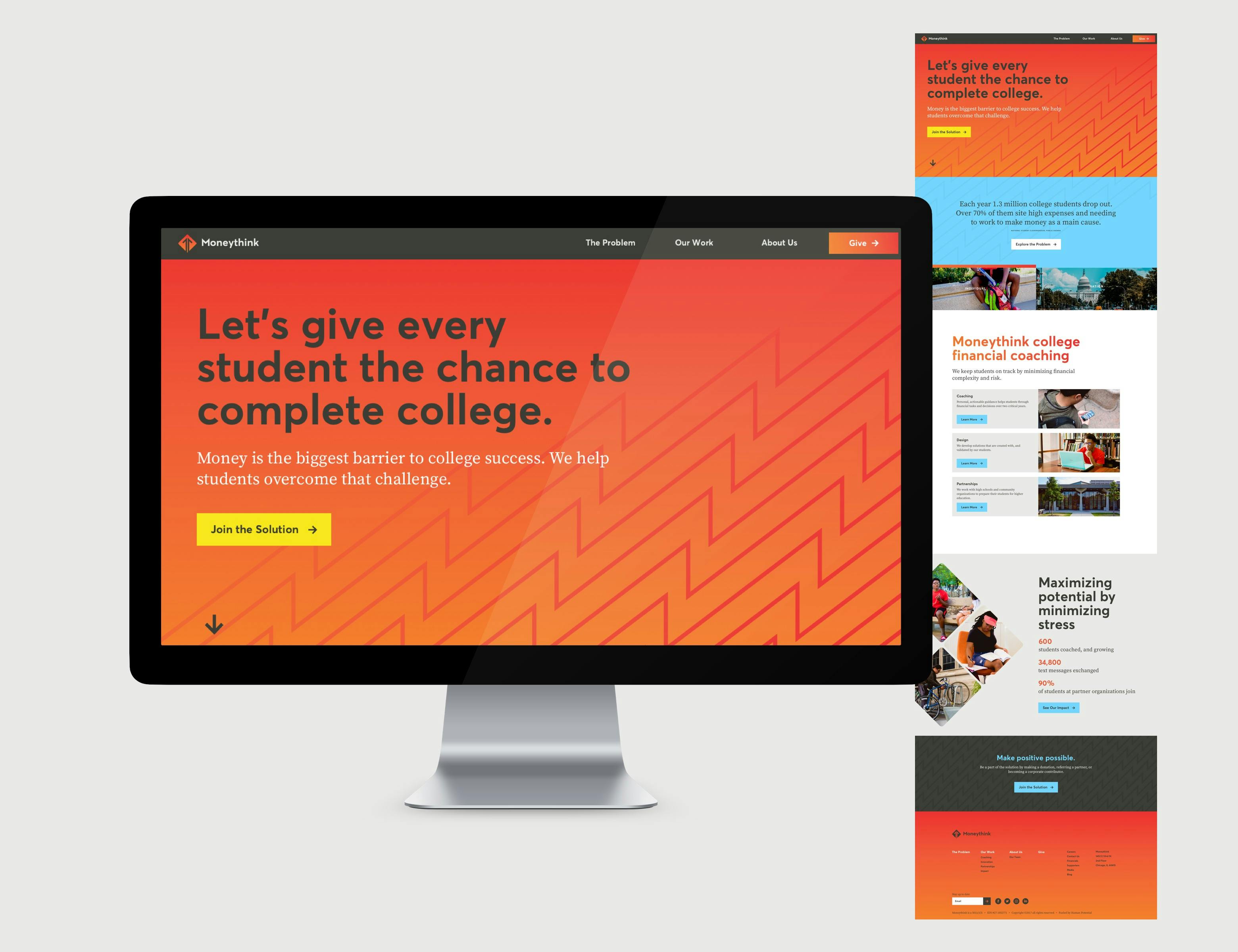
Work-life balance is really important for me, which is why I work for myself. I put a lot of effort into the projects that I take on. So if I feel that work is getting in the way of life things, I can scale back the amount of work that I take on.
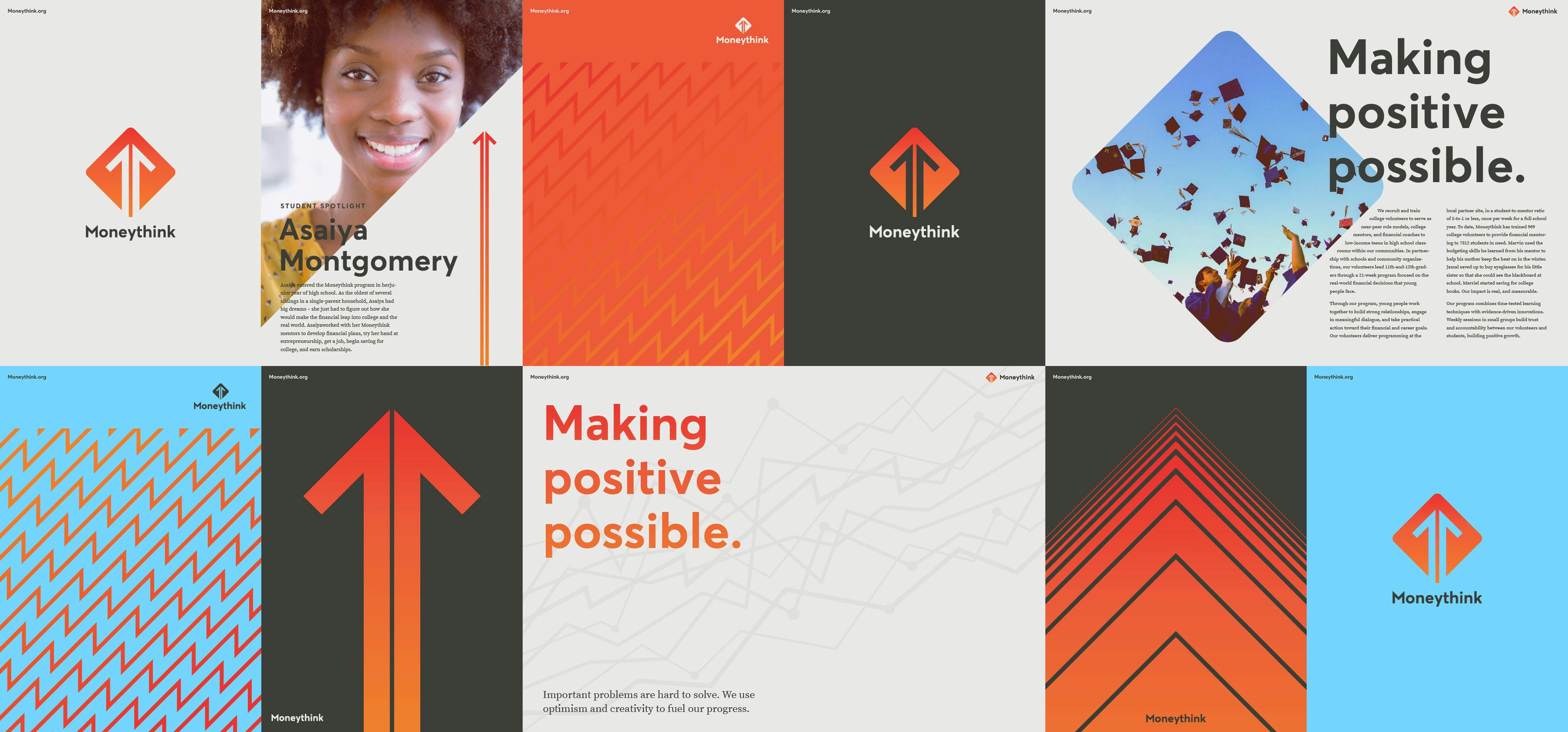
Meet the client and get a brief. Break out the ol' pen and notepad and start sketching ideas. Move over to the computer to get my ideas digitized. Refine, iterate, refine, iterate. Share with the client. Refine, iterate, refine, iterate. Share with the client. Refine and polish the designs to pixel perfection.
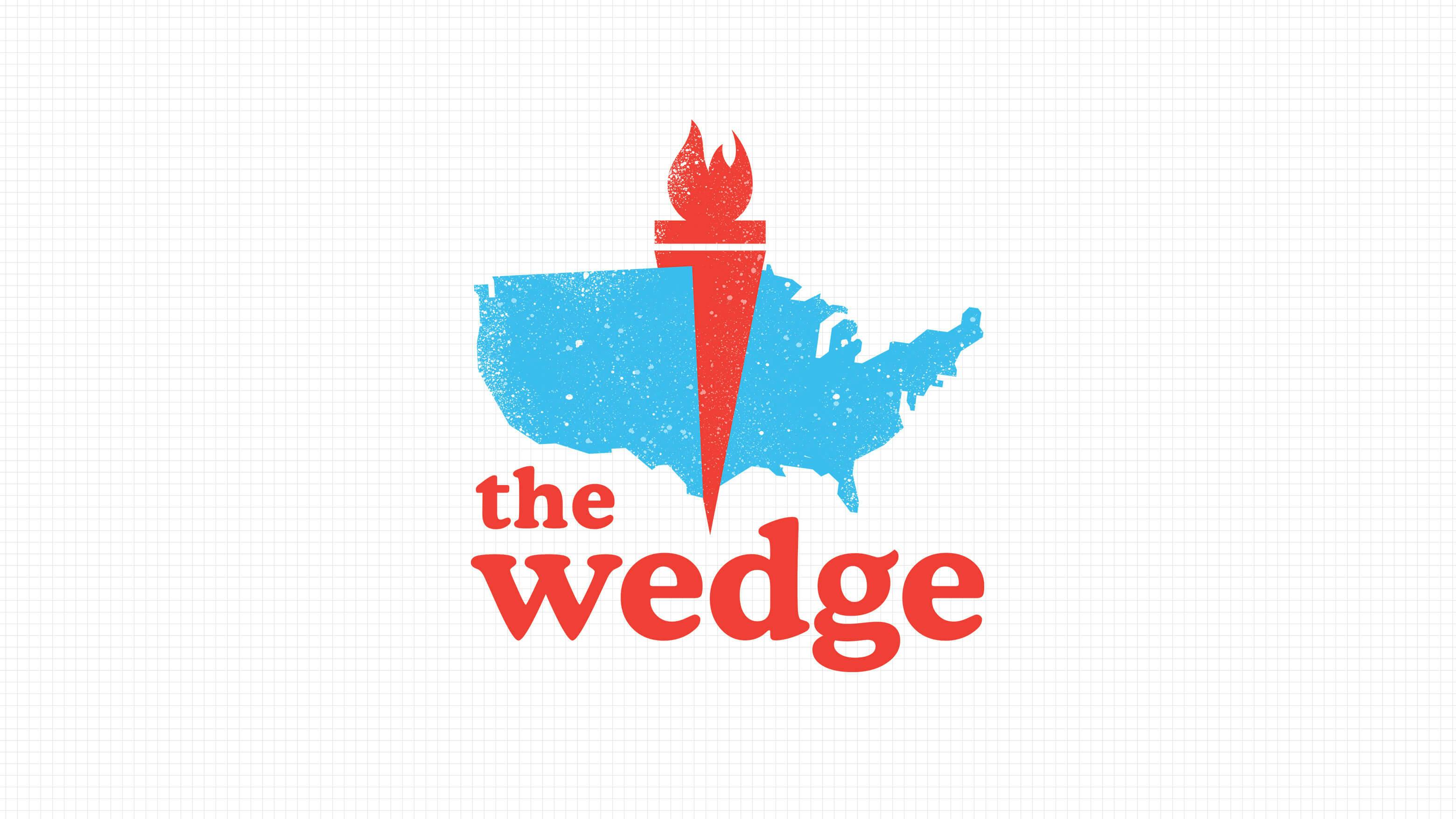
Unless you're doing something personal, all projects rely on a network of people. I like to chat with the team to figure out what the narrative is first before I get into the finer details. Quality control comes in every step of the project. It's good to get the team's eyes on your work as you go to produce good quality.
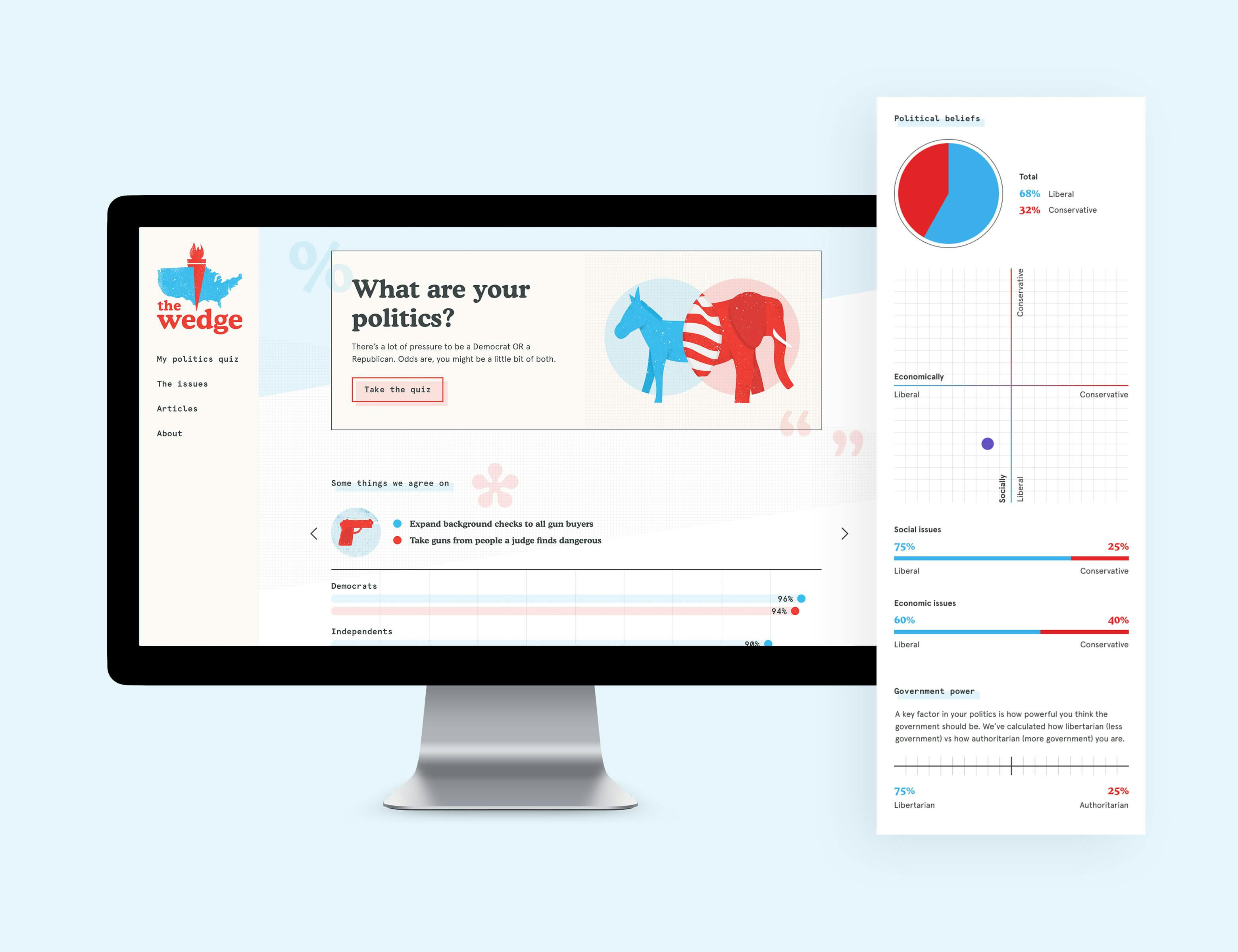
I think this starts with establishing realistic guidelines with the client. If I think a timeline will impede on the quality, I'll suggest things like reducing the initial list of deliverables and phasing out a project. Or I'll ask if we can bring in some additional help to meet the workload with enough manpower.
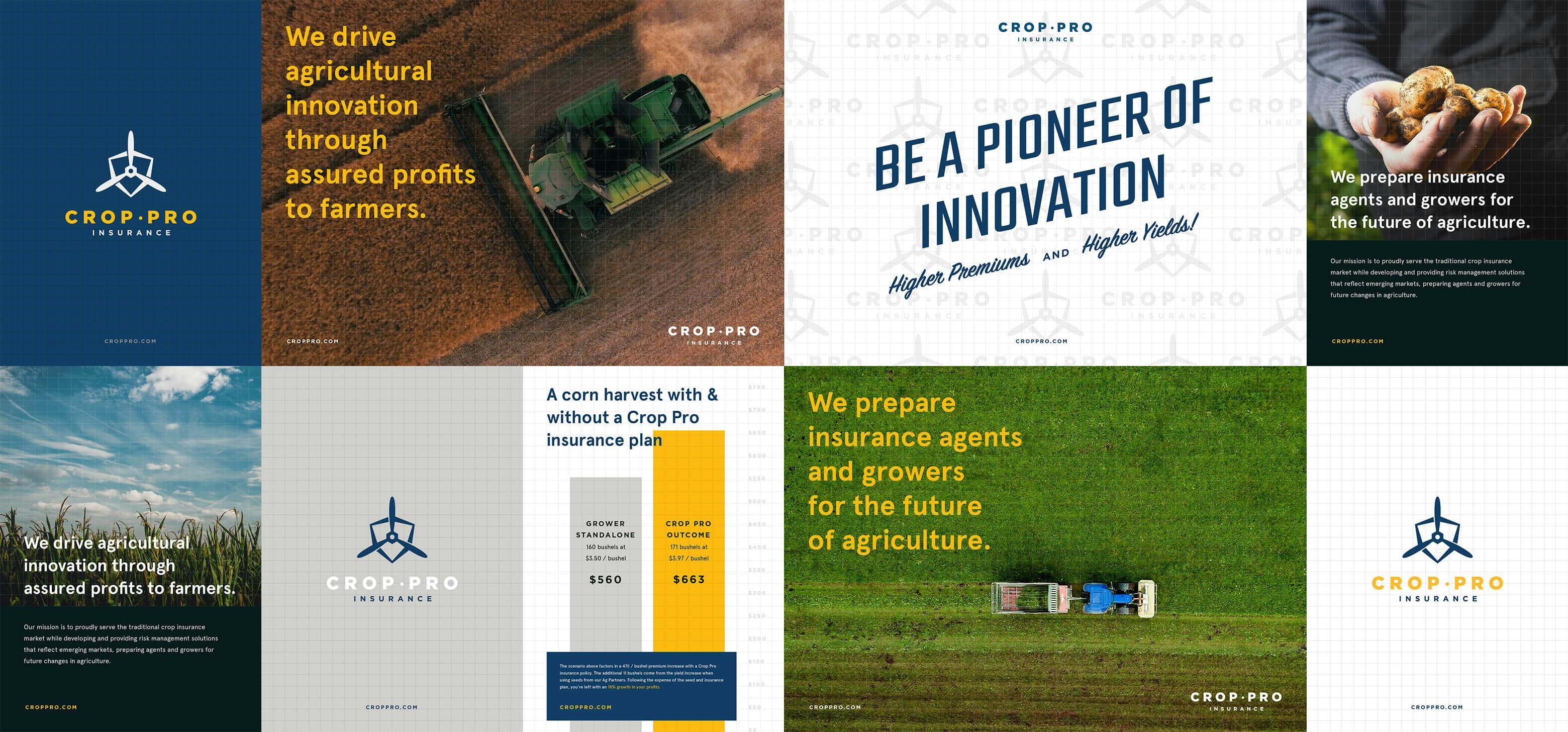
Maybe Hawkeye?
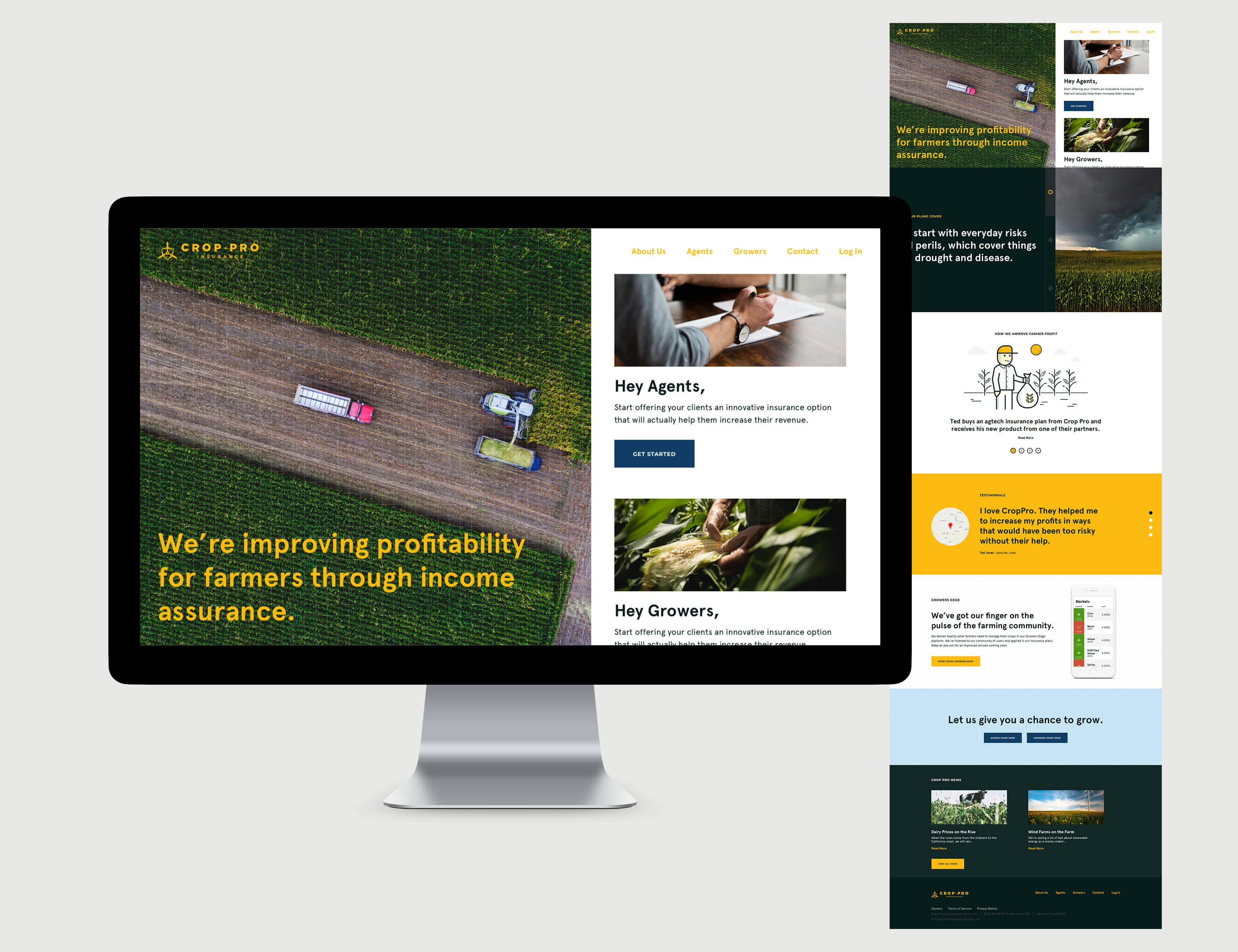
There are many things that are different today. For one, there are so many more tools at our disposal. I used to meticulously design websites in Photoshop. That's a crazy idea today. Now I can spin up a design in Figma and launch it on Webflow within a few hours. The new tools we have allow for greater efficiency, which is usually great, with one caveat. I think it's important to slow down and pay attention to what you're doing. If you move too fast, you might miss the big picture.